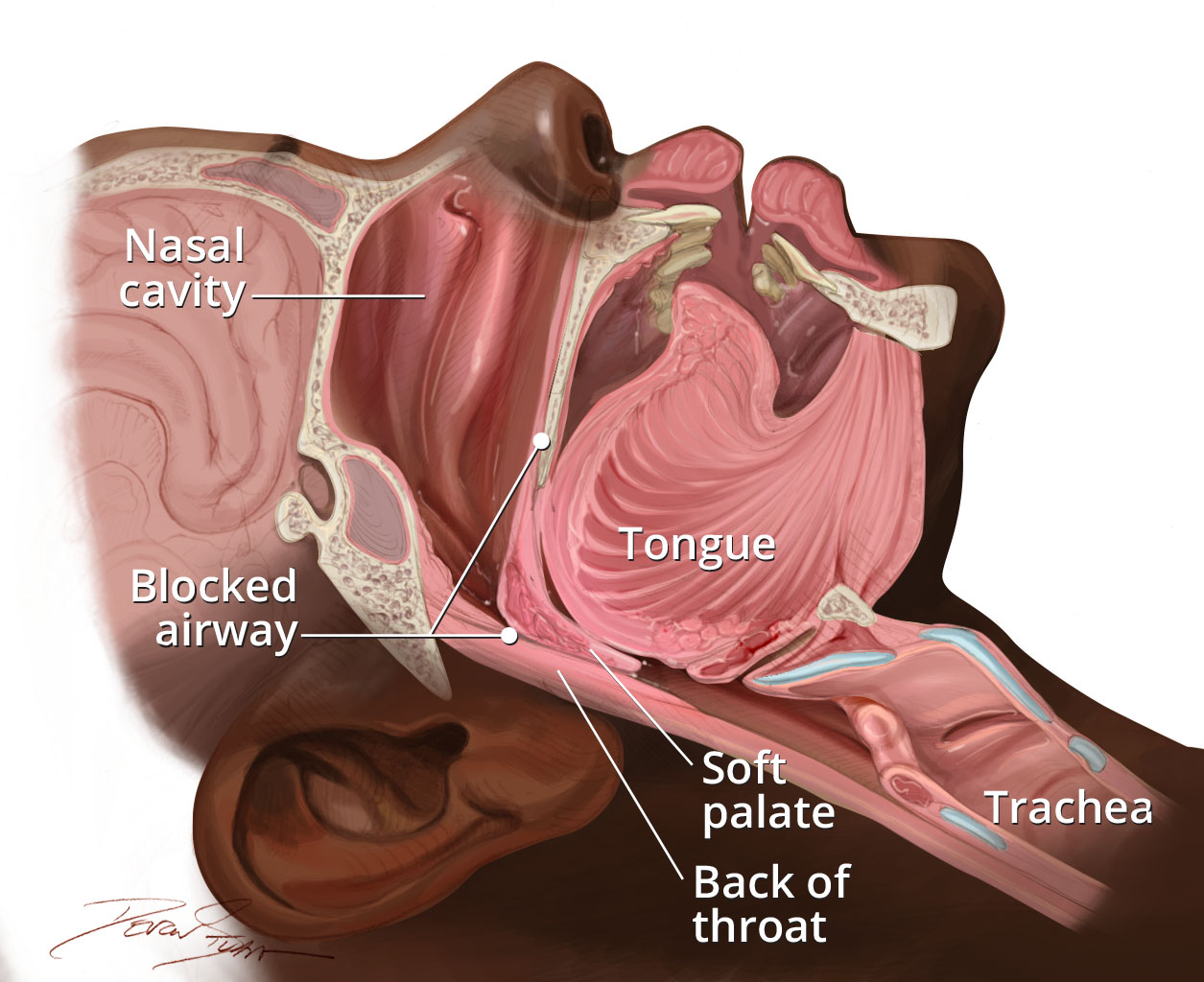The Science Behind Clinical Trials
Current trials focus on novel therapeutic approaches, including oral medications like AD109 and BAY2586116. These promising compounds target the underlying mechanisms of sleep apnea, aiming to reduce breathing interruptions during sleep. Researchers carefully monitor participants’ responses through sophisticated sleep studies and regular health assessments.
Latest Innovations in Sleep Devices
Modern trials increasingly explore advanced technologies, such as the aerSleep II System. This revolutionary device employs negative pressure technology to maintain open airways during sleep. Unlike traditional CPAP machines, these newer solutions aim to provide more comfortable and user-friendly alternatives.
Compensation and Benefits Overview
Most sleep apnea trials offer various forms of compensation. Benefits typically include free medical evaluations, study-related care, and monetary compensation for time and travel. The amount varies by study length and commitment level, ranging from hundreds to thousands of dollars.
Finding Available Trial Opportunities
Major medical centers, universities, and research institutions regularly conduct sleep apnea studies. Online databases like ClinicalTrials.gov list current opportunities, while specialized websites connect potential participants with relevant trials in their area. Local sleep clinics often maintain information about ongoing studies.
Understanding Eligibility Requirements
Trial participation typically requires specific health criteria. Common requirements include diagnosed sleep apnea, certain age ranges, and absence of specific medical conditions. Some studies seek participants who haven’t responded well to standard treatments, while others focus on newly diagnosed cases.
Research Impact and Future Directions
Findings from current clinical trials may revolutionize sleep apnea treatment. These studies contribute to developing more effective therapies, potentially transforming treatment options for future generations. Results influence medical guidelines and shape new approaches to sleep disorder management.

